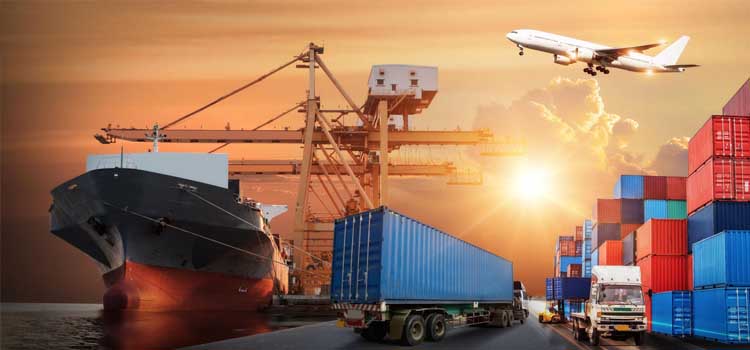Introduction
As climate change becomes an increasingly urgent global issue, international trade law plays a crucial role in shaping and supporting efforts to mitigate its impacts. This article explores how trade agreements, regulations, and policies intersect with climate objectives, examining the challenges and opportunities for aligning trade practices with environmental sustainability.
Trade Agreements and Climate Goals
- Integration of Environmental Provisions
Many modern trade agreements include provisions aimed at promoting environmental sustainability. For instance, the United States-Mexico-Canada Agreement (USMCA) incorporates commitments to address climate change and environmental protection. These provisions often focus on enhancing cooperation on environmental standards, reducing trade barriers for green technologies, and encouraging the adoption of sustainable practices.
- Challenges of Trade and Climate Integration
Integrating climate goals into trade agreements can be challenging. There may be conflicts between trade liberalization and environmental protection, particularly when trade rules prioritize market access over environmental standards. Ensuring that trade agreements support rather than undermine climate objectives requires careful negotiation and balance.
Carbon Border Adjustments
- Concept and Rationale
Carbon border adjustments (CBAs) are tools designed to address the risk of carbon leakage, where businesses shift production to countries with less stringent climate regulations. CBAs impose a carbon price on imported goods based on their carbon content, aiming to level the playing field between domestic and foreign producers.
- Legal and Trade Implications
Implementing CBAs involves complex legal considerations under international trade law, particularly under the World Trade Organization (WTO) rules. While CBAs can support climate goals by incentivizing global emissions reductions, they must be designed to comply with WTO obligations, such as non-discrimination and transparency requirements. Balancing environmental objectives with trade obligations is a key challenge.
Climate Change and Trade Policy
- Promoting Green Technologies
Trade policy can play a significant role in promoting the development and diffusion of green technologies. Removing tariffs and trade barriers on renewable energy technologies and environmental goods can facilitate their adoption and support global efforts to reduce greenhouse gas emissions. For example, the Agreement on Environmental Goods (part of the WTO’s Environmental Goods Agreement) aims to lower tariffs on products that contribute to environmental protection.
- Supporting Sustainable Development
Trade policies can also support sustainable development by encouraging responsible resource management and environmental protection in trade practices. For instance, incorporating sustainability criteria into trade policies and investment agreements can drive more environmentally friendly practices and support the transition to a low-carbon economy.
Dispute Resolution and Climate Policy
1.Resolving Trade Disputes
Disputes arising from trade and climate policies are increasingly common. Countries may challenge the environmental measures of trading partners, arguing that they constitute trade barriers or subsidies. Resolving these disputes through international trade dispute mechanisms, such as the WTO’s dispute settlement system, requires careful consideration of both trade and environmental objectives.
- Innovative Approaches
Innovative approaches to dispute resolution, such as incorporating environmental experts or creating specialized panels, may help address the complex intersection of trade and climate issues. Developing mechanisms that can fairly evaluate the impact of environmental measures while respecting trade obligations is crucial for effective dispute resolution.
Future Directions in Trade and Climate Policy
- Strengthening International Cooperation
Enhancing international cooperation on trade and climate issues is essential for achieving global climate goals. Collaborative efforts, such as multilateral agreements and partnerships, can help align trade policies with climate objectives and promote a unified approach to addressing climate change.
- Evolving Trade Rules
As climate change continues to shape global priorities, trade rules are likely to evolve to better support environmental sustainability. Future trade agreements may increasingly incorporate climate provisions, and existing agreements may be revised to address emerging challenges and opportunities in climate policy.
Conclusion
International trade law is integral to advancing climate change mitigation efforts by shaping how countries integrate environmental sustainability into trade practices. By incorporating environmental provisions into trade agreements, implementing mechanisms like carbon border adjustments, and promoting the trade of green technologies, trade policy can support global climate objectives. Navigating the intersection of trade and climate requires balancing economic interests with environmental goals, ensuring that trade practices foster rather than hinder sustainability. As climate challenges grow, evolving trade rules and enhancing international cooperation will be crucial for aligning global trade with the imperative of environmental stewardship.


**mind vault**
mind vault is a premium cognitive support formula created for adults 45+. It’s thoughtfully designed to help maintain clear thinking